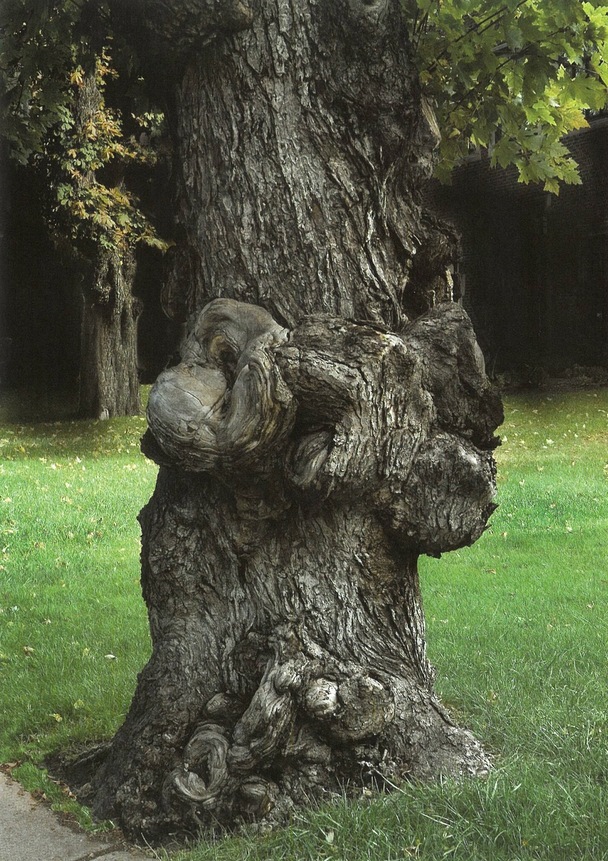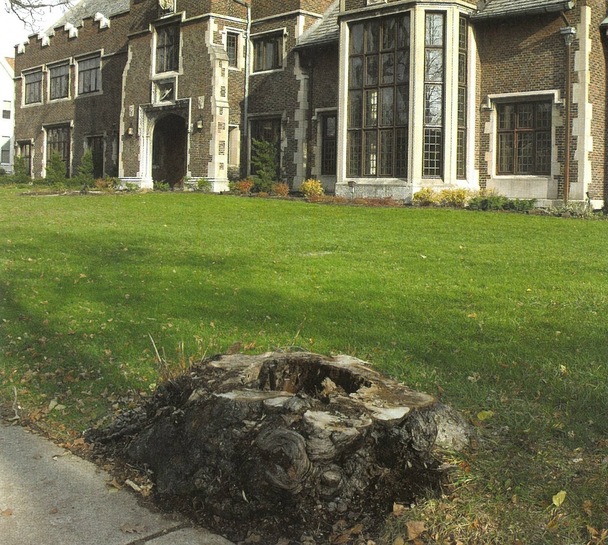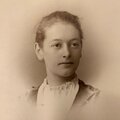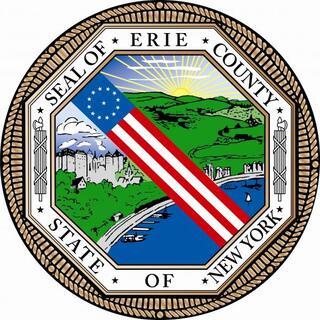When snow began to fall in the mid-afternoon of Thursday, Oct. 12th, five trees stood tall in Mt. Hope Cemetery, across Pine Ridge Heritage Boulevard from Western New York Heritage’s offices.
On Delaware Avenue in Buffalo, about four miles away, a beautifully knotted maple provided shade for the Saturn Club. The one-of-a-kind tree had inspired Sherwin Greenberg to photograph it just weeks before.
As the snow slowly covered the still green grass and full-leafed trees across the Snow Belt, few expected the damage that would ensue. Although the National Weather Service predicted major tree damage and power losses across the region, no one could have predicted nearly 400,000 homes would be left without power after the storm subsided Friday morning.
The aftermath was staggering: 13 dead, possibly $250 million in damage, between 70 and 90 percent of Buffalo and the Town of Tonawanda without power or heat. What those numbers can’t quantify is the loss of so much natural beauty across the area. Buffalo Public Works Commissioner Joseph N. Giambra said, “This is going to change the look and the landscape of the city for 20 years.” He went on to say, “Certain neighborhoods just aren’t going to look the same.”
Looking out Western New York Heritage’s front door today, more than two months removed from the snow-storm, two of the five Mt. Hope trees are broken in half. Another two are missing the majority of their upper branches and the fifth looks like a pair of goal posts with a large gap in between its remaining branches. The Saturn Club’s tree suffered a similar fate as it was cut down in the clean-up effort.
The story is the same across the region, extending northeast into Genesse and Orleans counties. Whether it’s the lost shade or the branches that will still be hanging from treetops years from now, the October storm truly did change the look of the city and outlaying neighborhoods.
Of course, this isn’t the first time extensive tree loss affected Western New York. The proud elm trees that once lined Richmond Avenue, creating a cathedral-like vault, are still remembered by locals 40 years after their demise from Dutch elm disease. Like the natural disaster that took our elms two score ago, the area will surely recover.
Mother Nature alone will help bring back some of the beauty, but she’ll need some help.
While Buffalo cannot claim the title of Tree City USA – Amherst, Jamestown and Olean are included in the long list of Western New York cities, towns and villages that do – few locals would argue that the city’s foliage takes a backseat to any other location nationwide. Now, more than ever, is the time to prove that Buffalo cares about such a reputation.
First of all, the city should follow the four easy steps to joining The National Arbor Day Foundation’s Tree City USA program found on www.arborday.org:
- Establish a tree board or department to stimulate community involvement and manage trees in public places across the city.
- Write a tree care ordinance that would provide guidelines for the tree board in the planting, maintenance and removal of trees.
- Spend a minimum of $2 per capita, or what would be less than $600,000 a year in Buffalo, on forestry. The Buffalo Parks Department surely spends a good portion of that on tree maintenance already.
- The final and easiest requirement to fulfill is a citywide observance of Arbor Day on the last Friday of April, the 27th in 2007.
On a smaller scale, everyone one can make a difference with the minutest effort. Arbor Day has lost its luster over the years with the growth of Earth Day, but this is the perfect time to revive its popularity in Western New York. On April 27th, all Buffalonians, all Western New Yorkers in fact, should take a few minutes out of their day to plant a tree. Plan to do so now. Help revive the foliage of our area so that decades from now people will still remember the natural beauty of Western New York.











